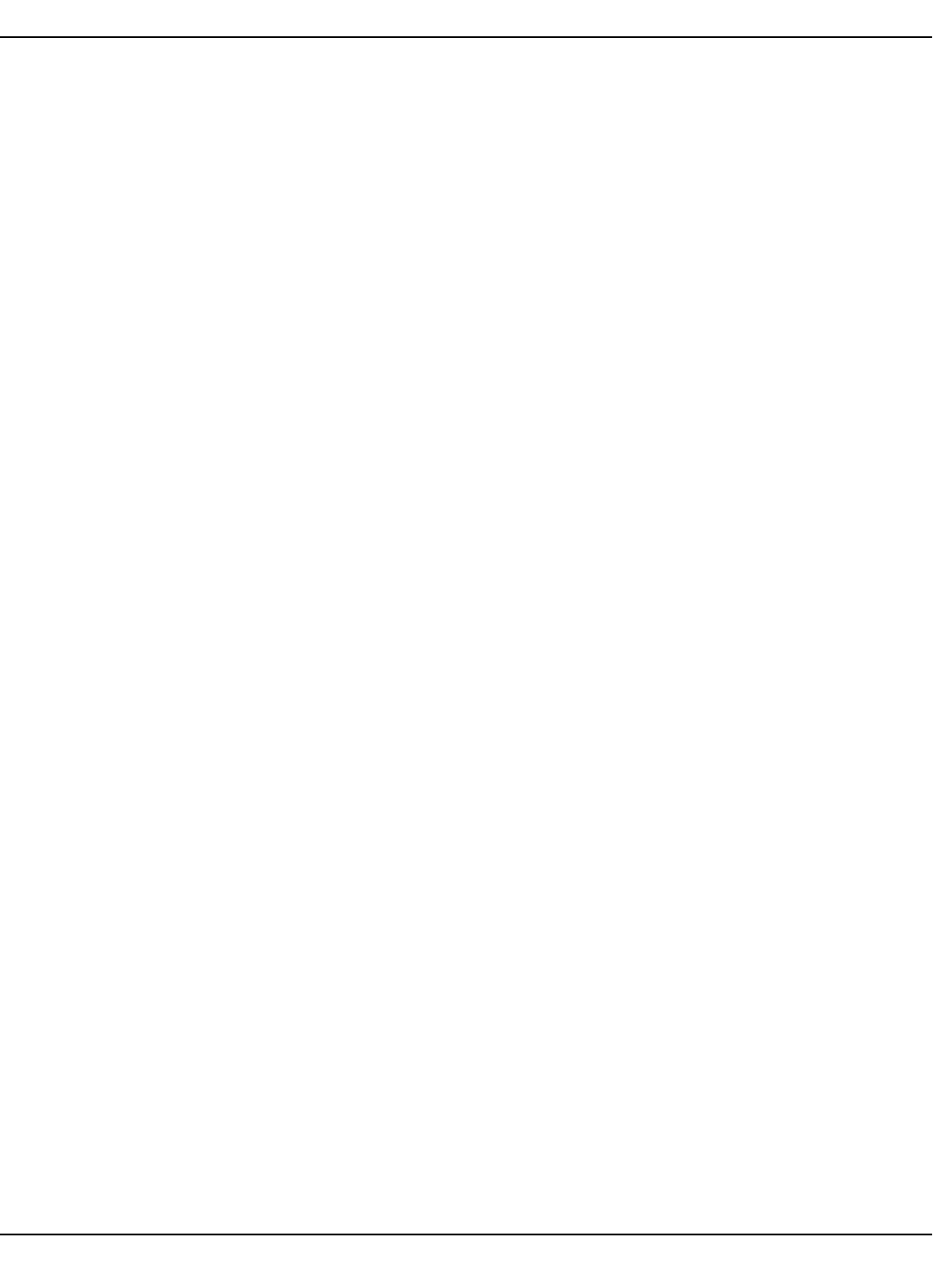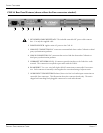
CAB
™
16 Series User Manual
Page 24 http://aa.peavey.com copyright 2000 All Rights Reserved
Using S/PDIF
with the CAB 16d
Wire & Cable
The CAB 16d has been designed for use with AES3 (AES/EBU) and S/PDIF
(Sony/Philips Digital Interface Format) digital audio signals. The CAB 16d is
shipped from the factory to accommodate AES3 digital audio right out of the
box. You can connect AES sources directly to the CAB 16d’s input and out-
put terminals without any regard to additional interface boxes or converters.
When using S/PDIF digital audio signals however, it is recommended that
the following interface circuits be used between the S/PDIF audio device and
the CAB 16d. There are differences in the voltage levels, load and cable
impedance between AES3 and S/PDIF formats. Using these “matching inter-
faces” will ensure seamless operation of S/PDIF digital audio by minimizing
signal reflections and providing correct signal levels for S/PDIF operation.
The following illustrations show S/PDIF terminations to the CAB 16d’s input
and output connectors. The S/PDIF connections are illustrated as unbal-
anced consumer RCA connectors, which is typically the standard connector
for copper based S/PDIF wiring. There is also an optical version of the
S/PDIF standard which uses a fiber cable that is not a part of this discussion.
It is important to know that the audio data is the same in both AES3 and
S/PDIF formats, but because of the differences in their subcode, they are
actually different formats. Just making a wire conversion is not enough.
AES3 on an XLR connector converted to an unbalanced RCA connector is
NOT S/PDIF, and vice versa. The native formats are still the same, only the
transport media has changed. To make sure that your S/PDIF audio signals
work correctly with the CAB 16d, it is required that these circuits be
installed between the S/PDIF devices and the CAB 16d.
An important fact of digital audio transport is that the wire type is signifi-
cantly different than wire used for terminating analog audio circuits. AES3
uses symmetrical connections with transformer isolation and an output
impedance of 110 Ohms. The signal-level of this interface is higher than in
the consumer S/PDIF version. Because AES3 digital audio signals are trans-
mitted at high, video-like frequencies, they should be handled very different-
ly than standard analog audio lines. Failure to use the proper wire and cable
can cause poor digital transmission performance resulting in signal dropout.
With proper termination, AES3 signal transmission lines can easily exceed
several thousand feet when using high quality, certified cable.
S/PDIF however, uses 75 Ohm coaxial cable. Because it is the same type of
cable used in common consumer video circuits, this type of wire is inexpen-
sive and readily available. You can even buy pre-made S/PDIF cables at most
retail outlets that sell consumer electronics products. By specification, the
maximum length of a properly terminated S/PDIF cable is 25 feet. If high
quality 75 Ohm cable with premium gold 75 Ohm RCA connectors are used,
it is possible to get good results with much longer lines. The actual lengths
are unknown however, since it depends on the quality of the transmitting
circuit, the receiving circuit and the impedance match for the entire line,
including the connectors. In general, coaxial S/PDIF connections work best
in the 8-10 meter range with good 75 Ohm coaxial cable. We do not recom-
mend that you exceed this distance when using S/PDIF devices with the
CAB 16d.


















